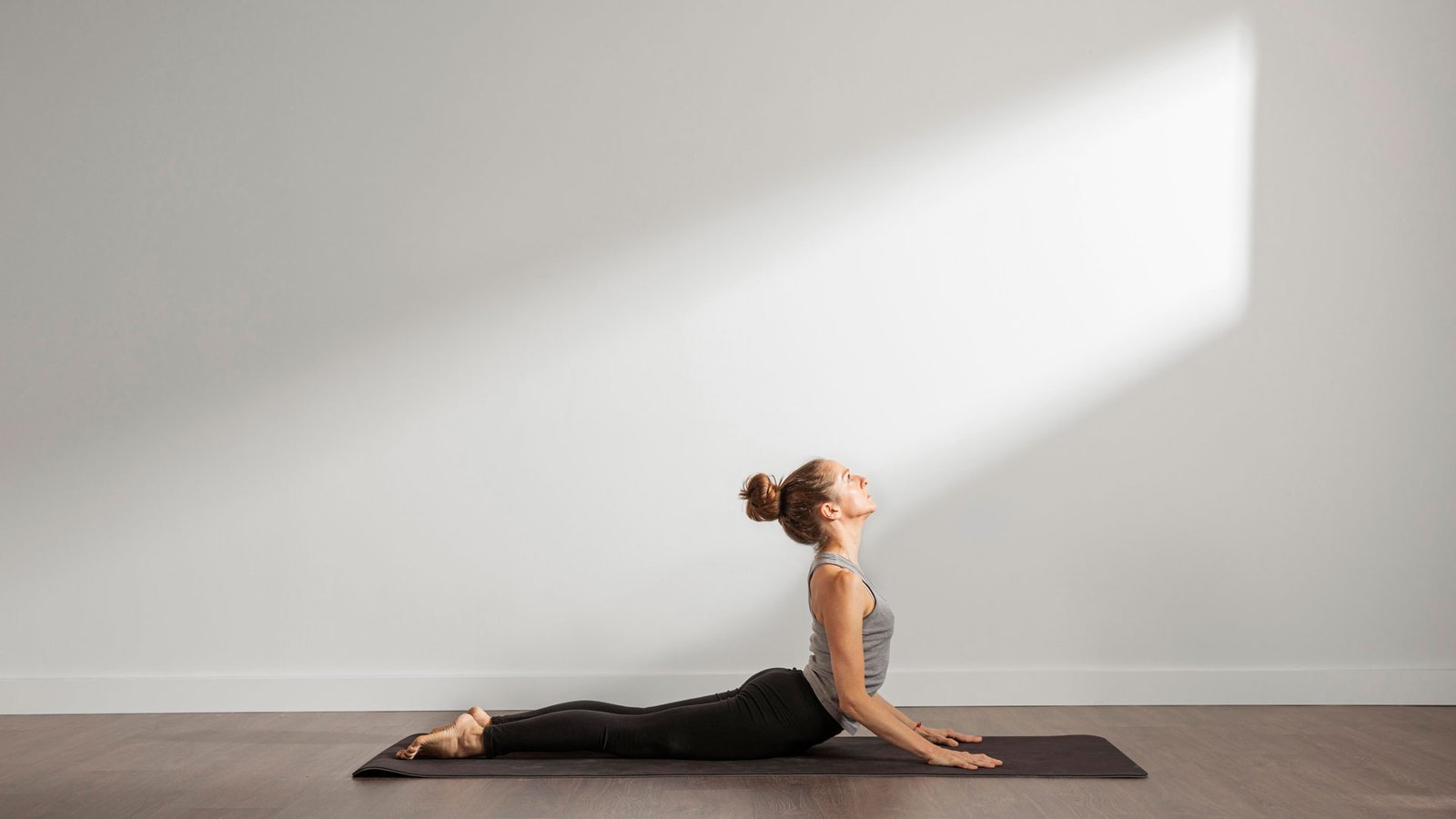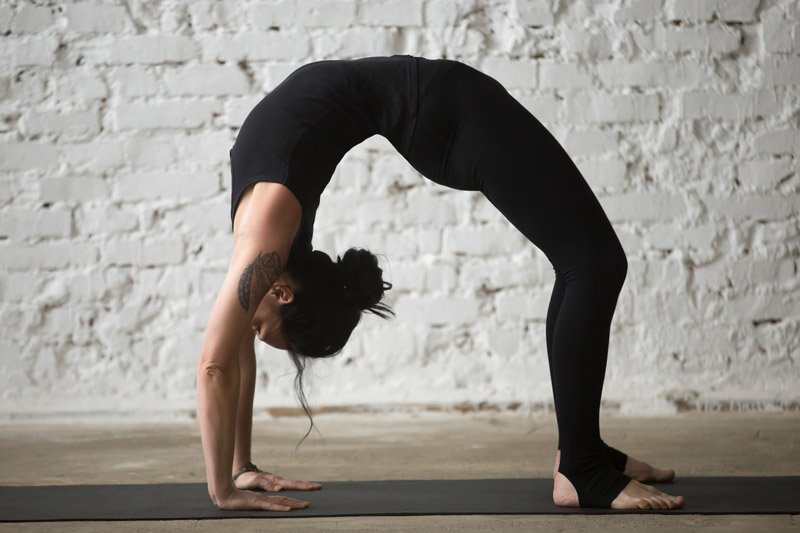High blood pressure, or hypertension, is a significant health concern affecting millions globally. It increases the risk of severe health problems, such as heart disease and stroke. Yoga offers a natural and holistic method to manage hypertension by promoting relaxation, improving circulation, and reducing stress. Incorporating yoga postures (asanas), pranayama (breathing techniques), and meditation into your routine can help regulate blood pressure and improve overall health. However, practicing cautiously is important, especially if you have high blood pressure.
Benefits of Yoga for High Blood Pressure
Stress Relief: Yoga reduces stress hormones like cortisol, helping to lower blood pressure.
Improved Circulation: Yoga improves blood flow and oxygenation, reducing strain on the heart.
Cardiovascular Support: Regular yoga practice helps regulate heart rate, improves cholesterol levels, and promotes relaxation of blood vessels.
Weight Management: Yoga aids in maintaining a healthy weight, reducing the risk of high blood pressure.
Emotional Balance: Yoga enhances mental clarity and emotional balance, helping to lower anxiety and stress-related hypertension.
Yoga Asanas for High Blood Pressure
Certain yoga poses can be especially beneficial for individuals with high blood pressure. These asanas focus on relaxation, gentle stretching, and steady breathing to calm the mind and reduce stress.
1. Sukhasana (Easy Pose): A seated pose that encourages deep, mindful breathing and relaxation, helping to relieve mental stress.
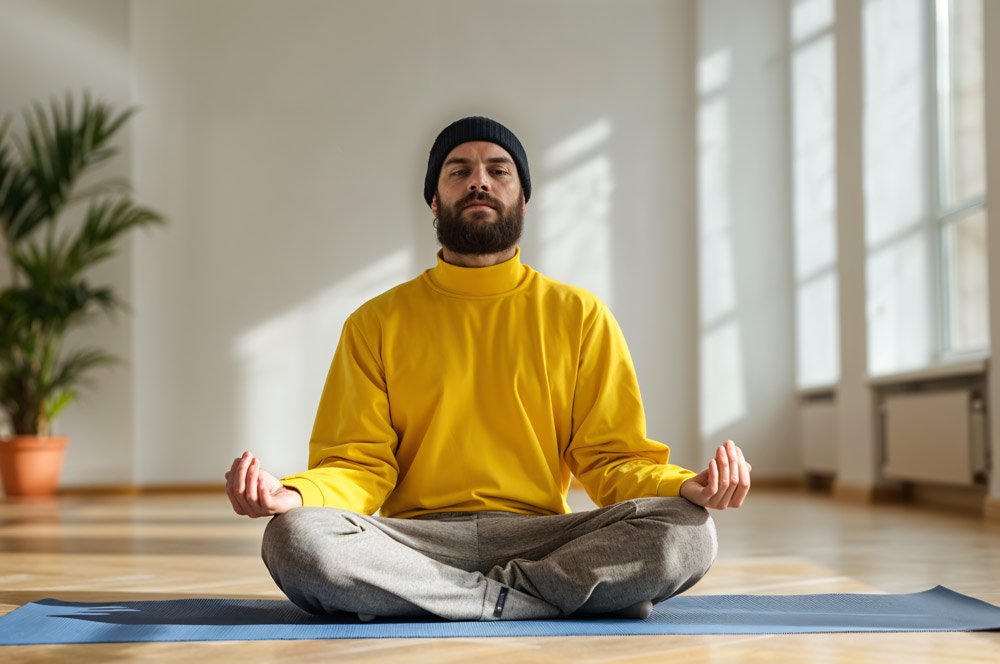
2.Vajrasana (Thunderbolt Pose): A kneeling posture that improves digestion and promotes mental clarity, balancing both mind and body.
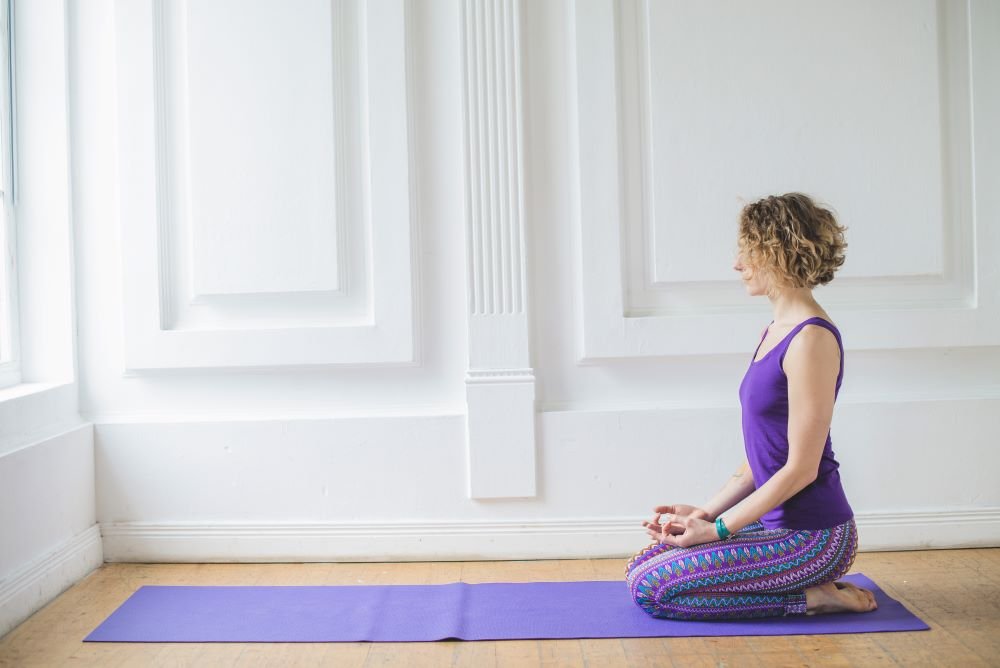
3. Paschimottanasana (Seated Forward Bend): This forward bend stretches the spine and hamstrings while promoting relaxation and reducing anxiety
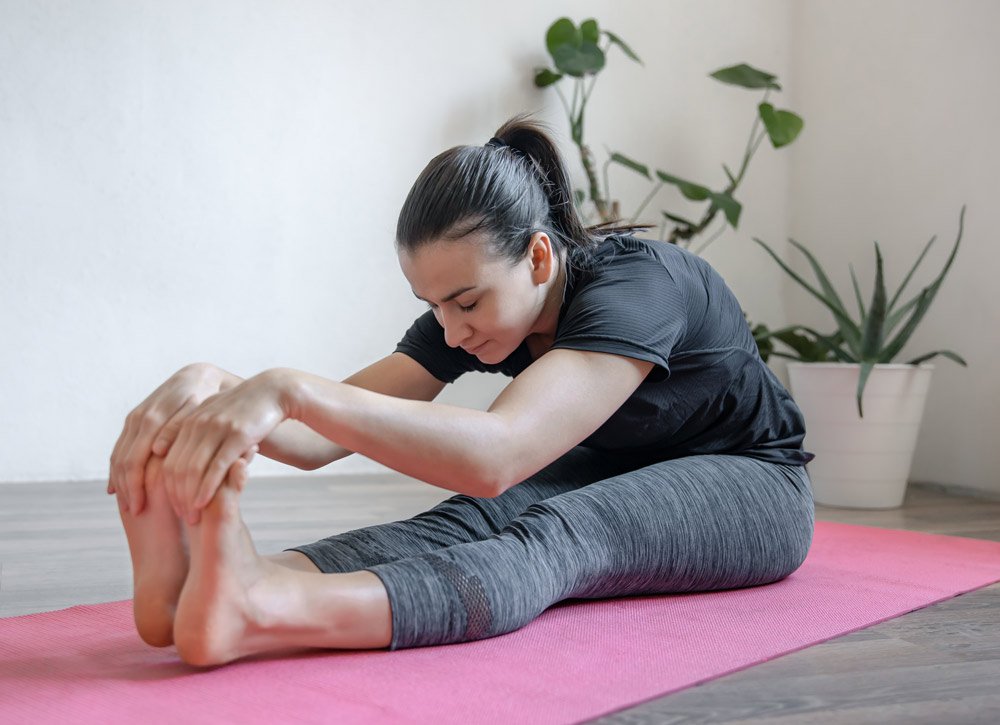
4. baddha Konasana (Bound Angle Pose): A seated pose that opens the hips and helps calm the nervous system, lowering blood pressure.

5. Janu Sirsasana (Head-to-Knee Forward Bend): A forward bend that stretches the hamstrings and spine, promoting relaxation and reducing stress.

6. Setu Bandhasana (Bridge Pose): A gentle backbend that opens the chest and improves circulation, reducing stress and lowering blood pressure.
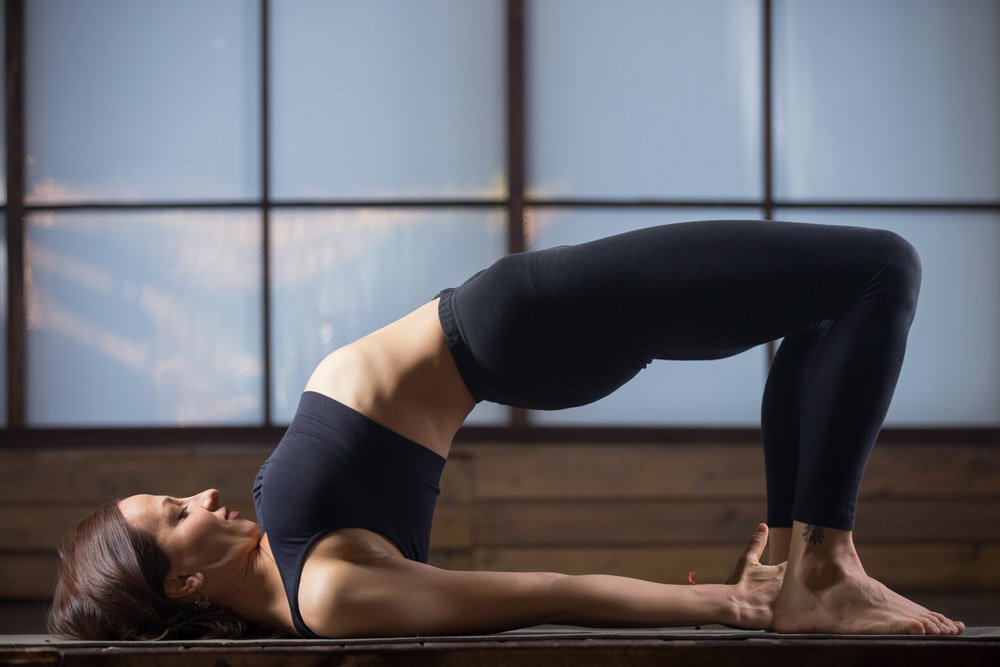
7. Viparita Karani (Legs-Up-The-Wall Pose): This restorative inversion helps improve blood circulation and reduces pressure on the heart while inducing relaxation.

8. Balasana (Child’s Pose): A resting pose that calms the nervous system, promotes deep relaxation, and lowers stress levels.
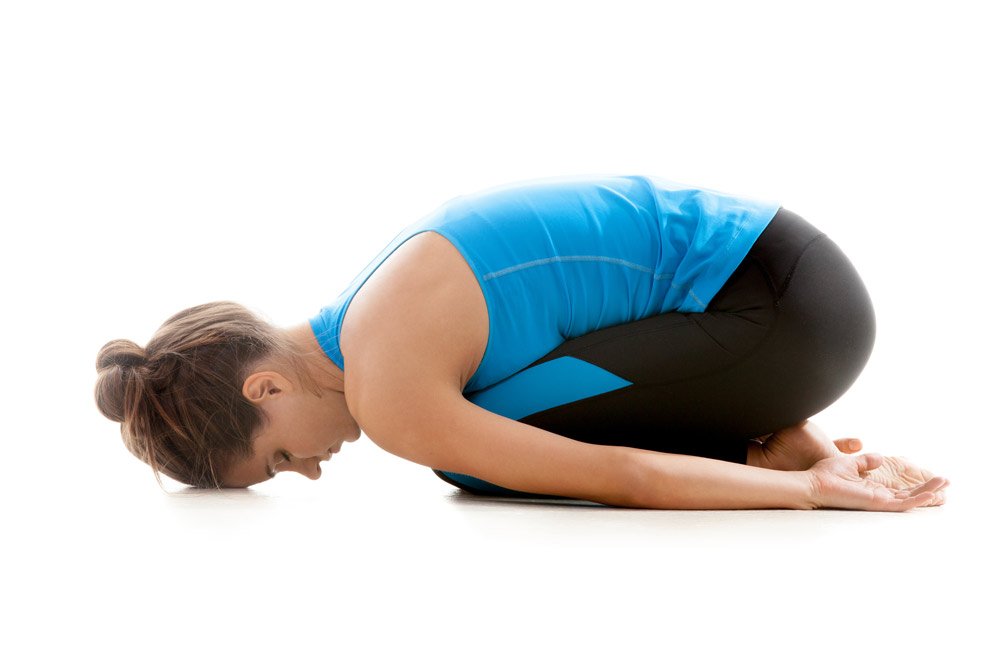
9. Shavasana (Corpse Pose): A deeply relaxing pose that allows the body to rest completely, reducing stress and regulating blood pressure.
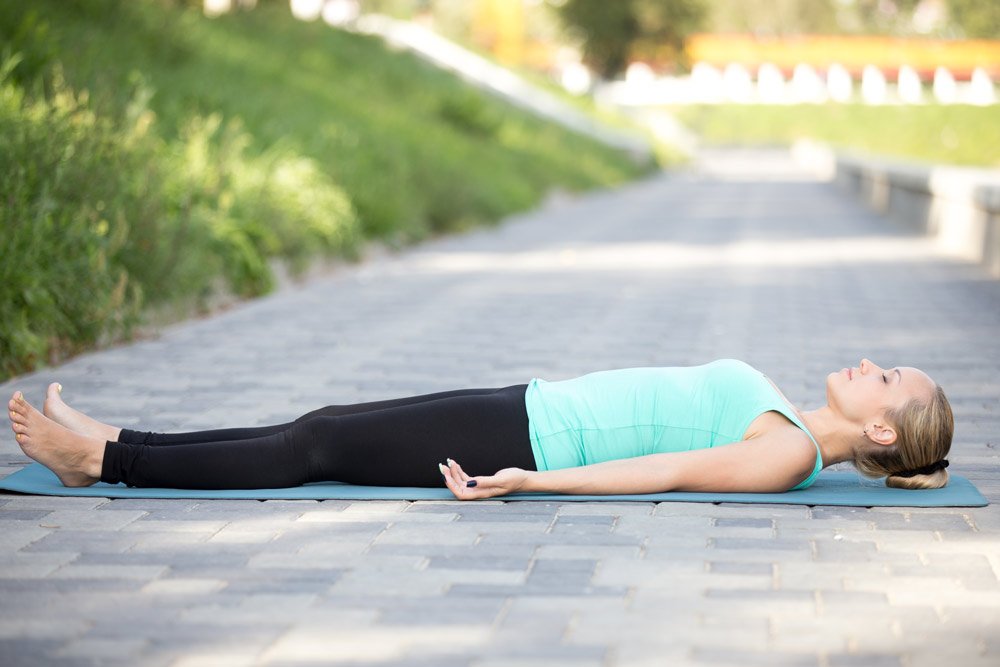
Cautions for Asanas
Avoid Full Inversions: Poses such as Sirsasana (Headstand) and Sarvangasana (Shoulder Stand) increase blood pressure and should be avoided.
Modify Deep Backbends: Intense backbends like Chakrasana (Wheel Pose) can raise blood pressure, so it’s advisable to modify or avoid them unless guided by an instructor.
Transition Slowly: Move between poses gently to avoid sudden changes in heart rate and blood pressure.
Pranayama for High Blood Pressure
Pranayama and yogic breathing, plays a key role in managing high blood pressure. Through breath regulation, it calms the nervous system and promotes relaxation, helping to lower blood pressure naturally.
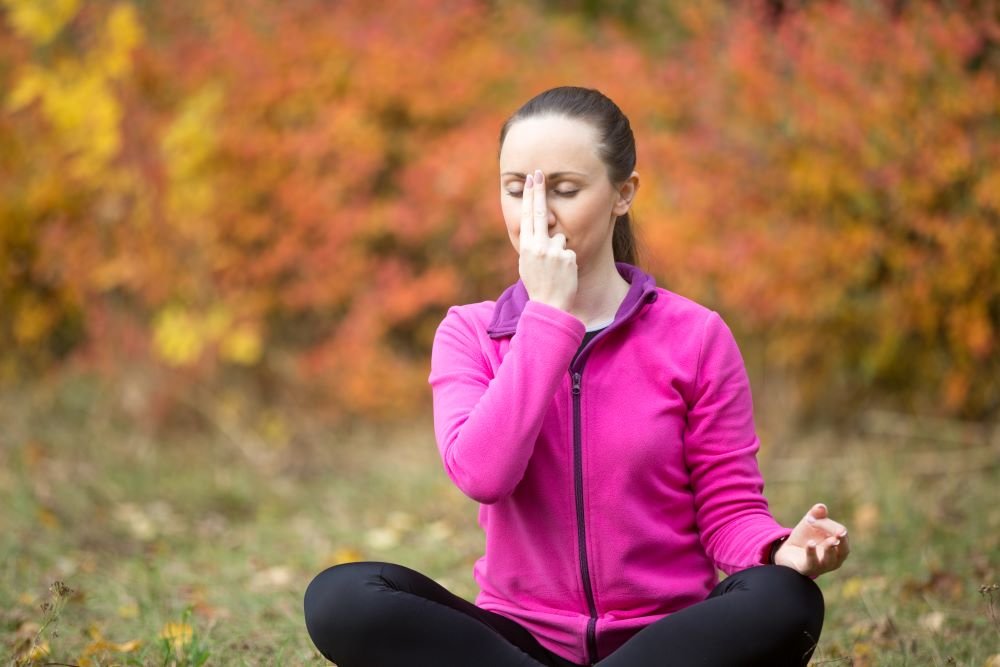
Nadi Shodhan (Alternate Nostril Breathing): This balancing breathing technique purifies the energy channels and calms the nervous system, reducing stress and stabilizing blood pressure.
Bhramari Pranayama (Bee Breathing): This practice involves producing a humming sound during exhalation, which calms the mind and helps lower blood pressure.
Sheetali Pranayama (Cooling Breath): A cooling breath technique that reduces body heat, soothes the mind, and promotes relaxation, which can help lower blood pressure.
Diaphragmatic Breathing: Slow, deep breathing into the diaphragm promotes relaxation, calms the heart rate, and helps lower blood pressure naturally.
Precautions for Pranayama
Practice Slowly and Gently: Focus on slow, steady breathing to avoid overstimulation of the heart or nervous system.
Meditation for High Blood Pressure
Meditation is highly effective for reducing stress and anxiety, both of which contribute to high blood pressure. A regular meditation practice can help lower stress hormones and promote emotional balance, leading to reduced blood pressure levels.

Meditation: Simple mindfulness meditation, which involves focusing on the breath or a single point of focus, helps calm the mind, reduce stress, and lower blood pressure.
Guided Meditation: This involves following a guided relaxation process, which helps release mental and physical tension and promotes deep relaxation, lowering blood pressure.
Yoga Nidra (Yogic Sleep): A deeply relaxing meditation technique that guides you into a state of conscious rest. Yoga Nidra is effective for reducing stress and managing high blood pressure by calming both the body and mind.
Precautions for Meditation
Start with Short Sessions: Begin with 10-15 minute sessions and gradually increase the duration as you grow comfortable with the practice.
Ensure Comfort: Sit down in a comfortable position to avoid physical discomfort, which can cause stress during meditation.
Consistency is Key: Regular meditation, even for short durations, can yield significant benefits for reducing blood pressure over time.
Conclusion
Yoga offers a gentle yet powerful way to manage high blood pressure through a combination of asanas, pranayama, and meditation. These practices work together to reduce stress, enhance circulation, and promote relaxation, helping to regulate blood pressure naturally. As always, consult your healthcare provider before starting a new yoga routine, especially if you have severe hypertension or are on medication. With the right approach, yoga can support long-term cardiovascular health and overall well-being.




